Crater Of Doom: The Chicxulub Asteroid And The End Of Dinosaurs
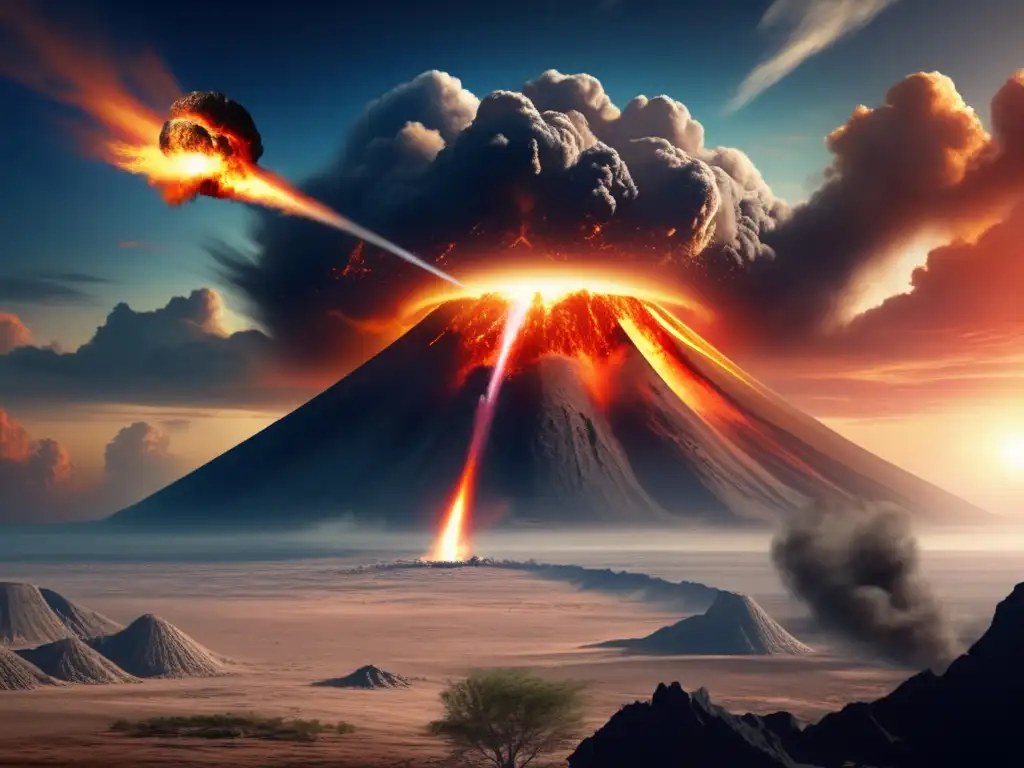
Introduction
The extinction of dinosaurs, one of the most iconic groups of animals ever to grace planet Earth, is a fascinating topic that has captivated scientists and the public alike for centuries. For many years, the question of what caused their disappearance remained unanswered, but in recent decades, evidence has steadily accumulated that points to a massive asteroid impact as the culprit.
The Chicxulub Asteroid Impact
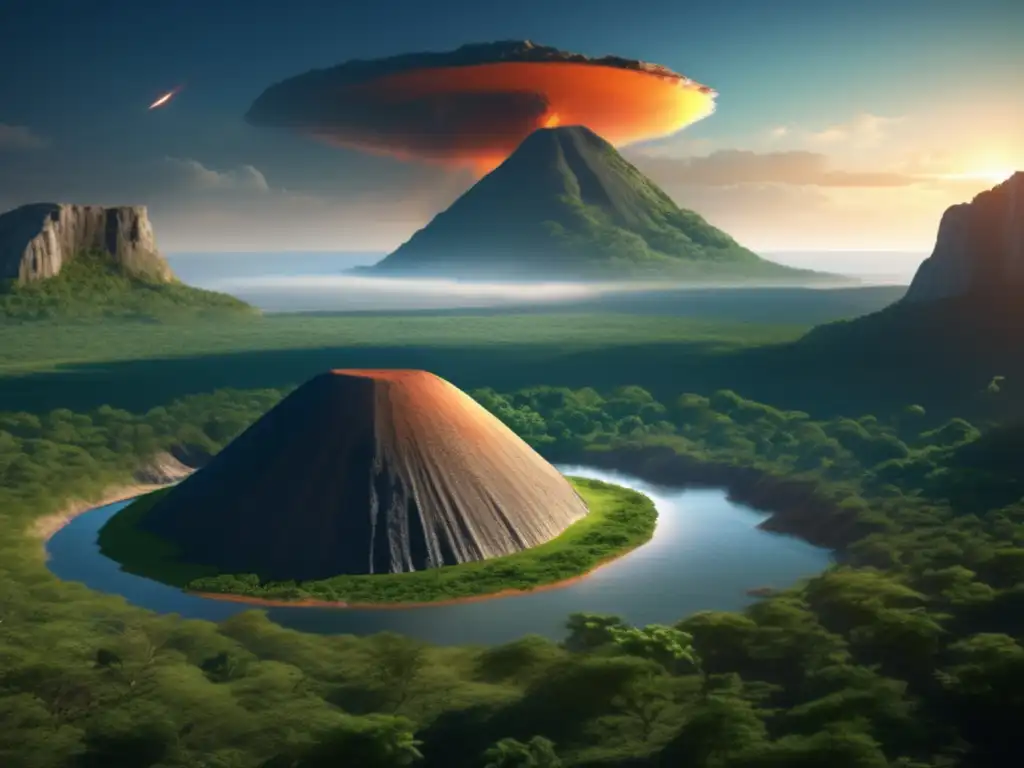
The Discovery of the Chicxulub Crater
In 1978, geophysicist Antonio Camargo and his team were searching for oil off the Yucatan Peninsula, Mexico when they noticed something unusual in the data. They had found a massive circular depression on the seafloor, which they dubbed the "Chicxulub Crater" after the nearby town of Chicxulub Puerto.
The Size of the Chicxulub Asteroid
Based on the size of the Chicxulub crater, researchers estimate that the asteroid was roughly 10-15 kilometers in diameter. Its impact would have released energy equivalent to billions of atomic bombs, triggering a shockwave that would have traveled through the Earth's crust, causing earthquakes and volcanic eruptions.
The Environmental Effects of the Chicxulub Impact
The Chicxulub impact would have had a catastrophic impact on the environment. The heat generated by the impact would have caused wildfires around the world, while the dust and debris ejected into the atmosphere would have blocked out the sun, leading to a "nuclear winter". The subsequent cooling and darkness would have caused plants to die, leading to massive food shortages for herbivorous animals and, in turn, for carnivorous animals.
The Extinction of Dinosaurs
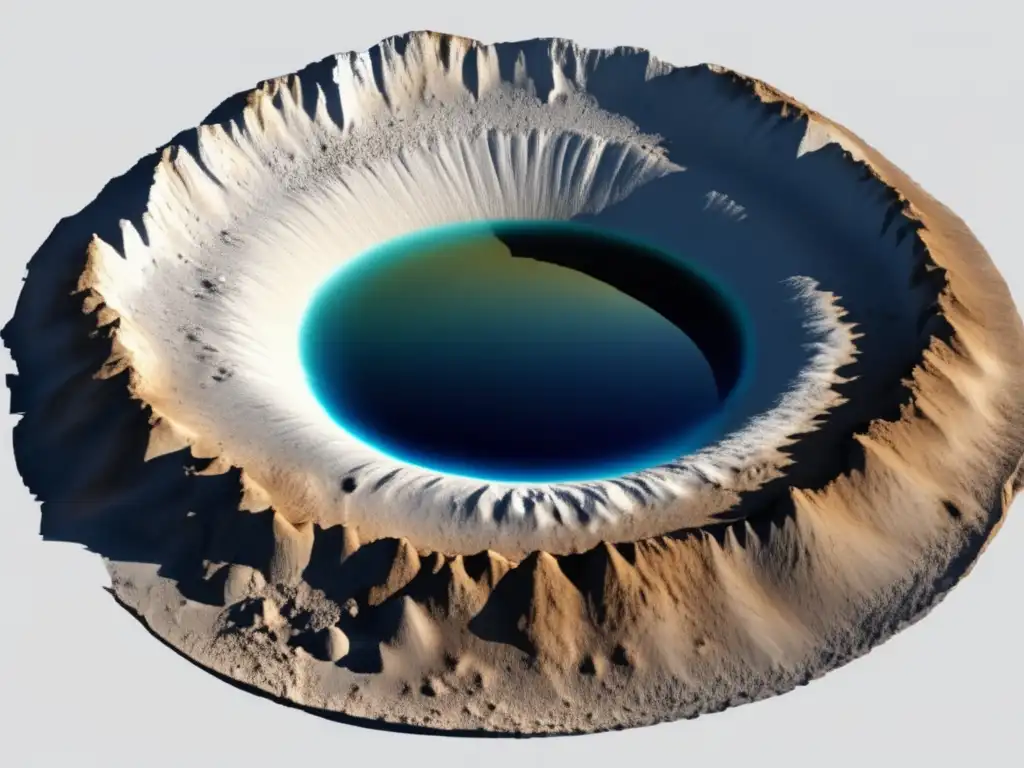
The Timing of the Chicxulub Impact and the End of the Dinosaurs
The Chicxulub impact occurred at the end of the Cretaceous period, approximately 66 million years ago. This time period coincides with the mass extinction of the dinosaurs and many other species. While there is still some debate over the exact timing of the impact in relation to the extinction event, the general consensus is that it played a major role.
The Immediate Effects of the Chicxulub Impact on Dinosaurs
The immediate effects of the Chicxulub impact on the dinosaurs would have been devastating. Many would have been killed instantly by the shockwave. Others would have succumbed to the intense heat or the wildfires that followed. Still, others would have died from starvation as the food chain collapsed.
The Long-Term Effects of the Chicxulub Impact on Dinosaurs
While the immediate effects of the Chicxulub impact played a major role in the extinction of the dinosaurs, the long-term effects were equally important. The darkness and cooling caused by the dust and debris in the atmosphere would have lasted for years, making it difficult for plants to grow and for animals to survive. This would have led to a slow decline in the dinosaur population until they eventually disappeared from the fossil record.
FAQs
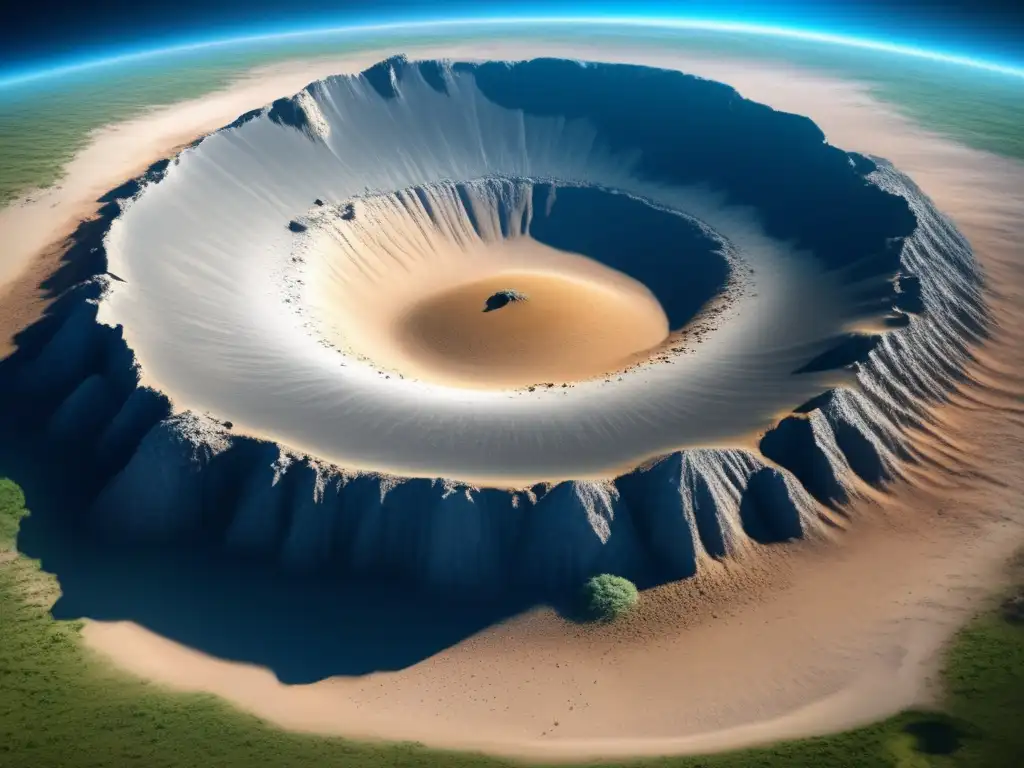
-
What caused the extinction of the dinosaurs?
Evidence suggests that a massive asteroid impact, such as the one that created the Chicxulub crater, was the primary cause of their extinction.
-
When did the Chicxulub impact occur?
The Chicxulub impact occurred approximately 66 million years ago at the end of the Cretaceous period.
-
What were the environmental effects of the Chicxulub impact?
The impact would have caused massive wildfires, blocked out the sun, and triggered a "nuclear winter" which would have led to the extinction of many plant and animal species.
-
How did the Chicxulub impact affect the dinosaurs?
The impact had both immediate and long-term effects on the dinosaurs, leading to their eventual extinction.
-
Is there any evidence that suggests other factors may have contributed to the extinction of the dinosaurs?
While the Chicxulub impact is considered the primary cause of their extinction, other factors such as volcanic activity and climate change may have played a role.
Conclusion
The Chicxulub asteroid impact was one of the most significant events in the history of life on Earth, leading to the extinction of the dinosaurs and many other species. The discovery of the Chicxulub crater and the subsequent research into its effects has provided valuable insights into the ways in which asteroid impacts can shape our planet. As we continue to explore our solar system, it is essential that we understand the risks posed by these celestial objects and work to mitigate them. Thank you for reading, and please share your thoughts and comments below.
Additional Resources
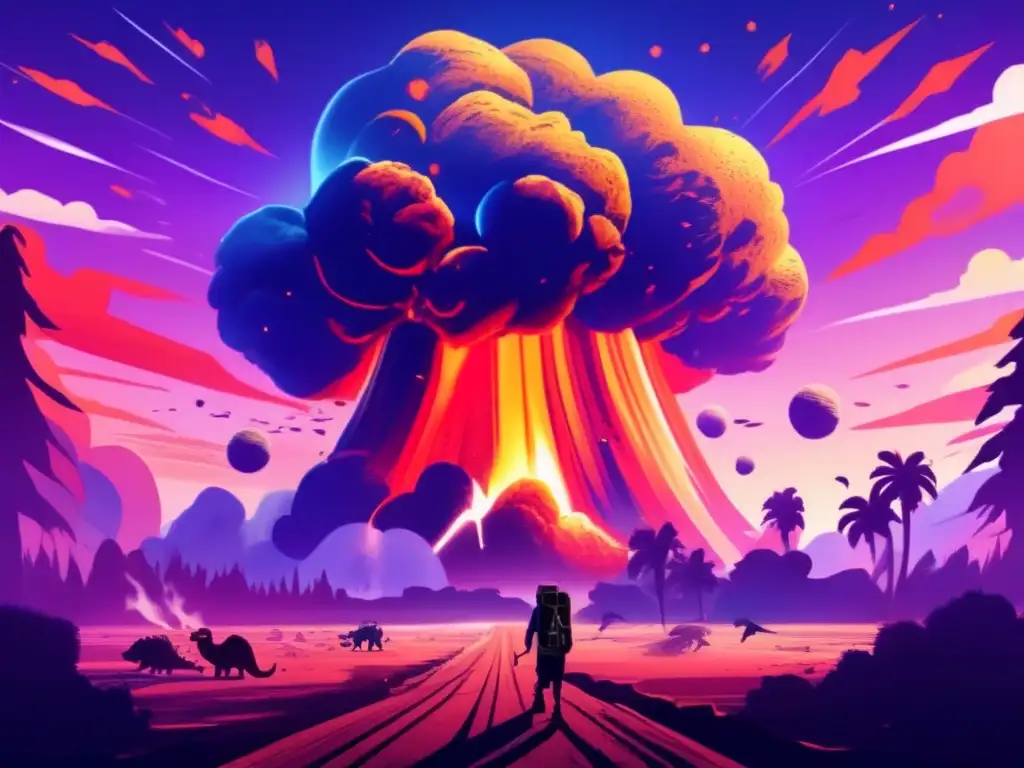
- NASA Asteroid Fast Facts
- Smithsonian Magazine: What Really Killed the Dinosaurs?
- National Geographic: Dinosaur Extinction
 The Day The Dinosaurs Died: The Cataclysmic Asteroid Impact
The Day The Dinosaurs Died: The Cataclysmic Asteroid Impact From Skies To Ground: Unraveling The Asteroid-Dinosaur Connection
From Skies To Ground: Unraveling The Asteroid-Dinosaur Connection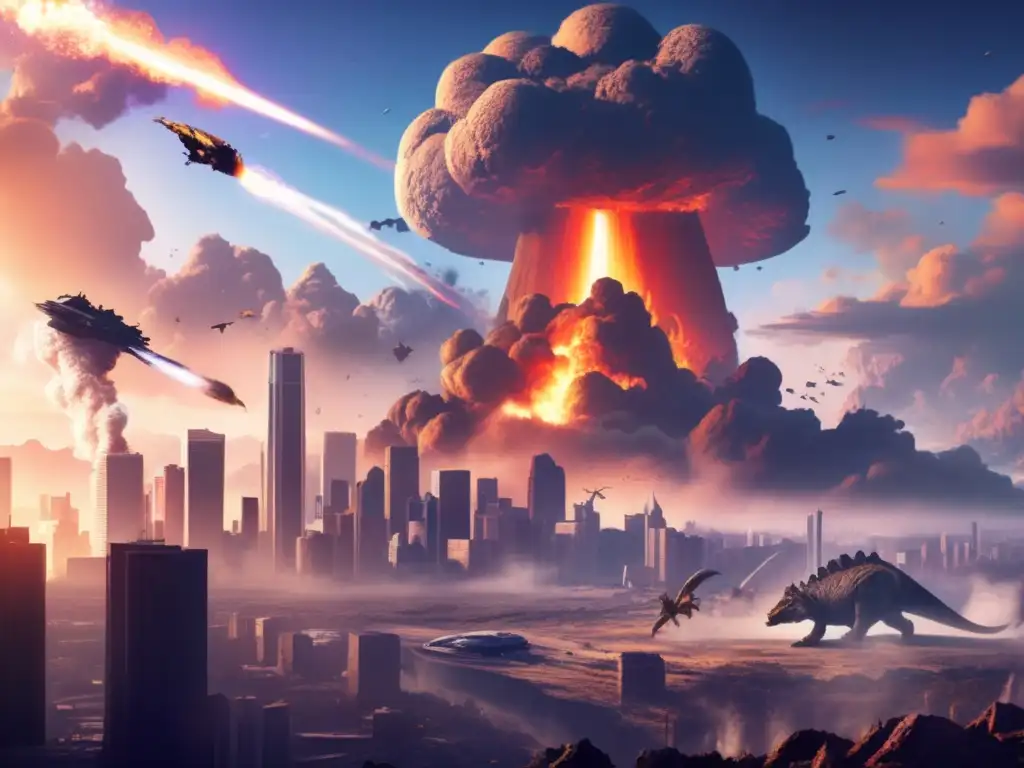 K-T Event: Deciphering The Role Of Asteroids In Dinosaur Extinction
K-T Event: Deciphering The Role Of Asteroids In Dinosaur ExtinctionIf you want to discover more articles similar to Crater Of Doom: The Chicxulub Asteroid And The End Of Dinosaurs, you can visit the Asteroids and Dinosaurs category.
Leave a Reply

Articulos relacionados: